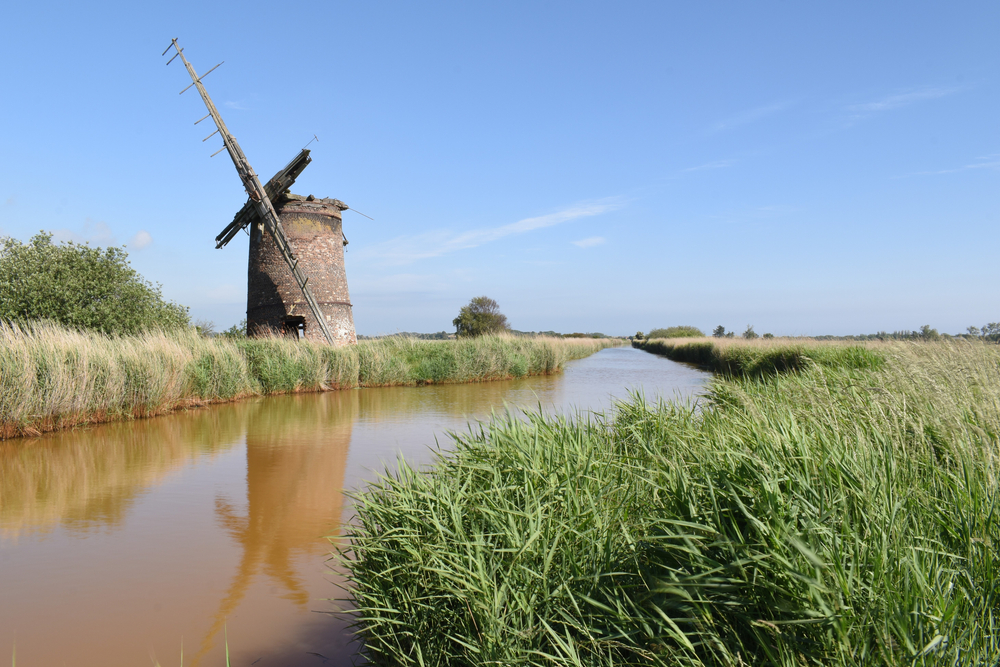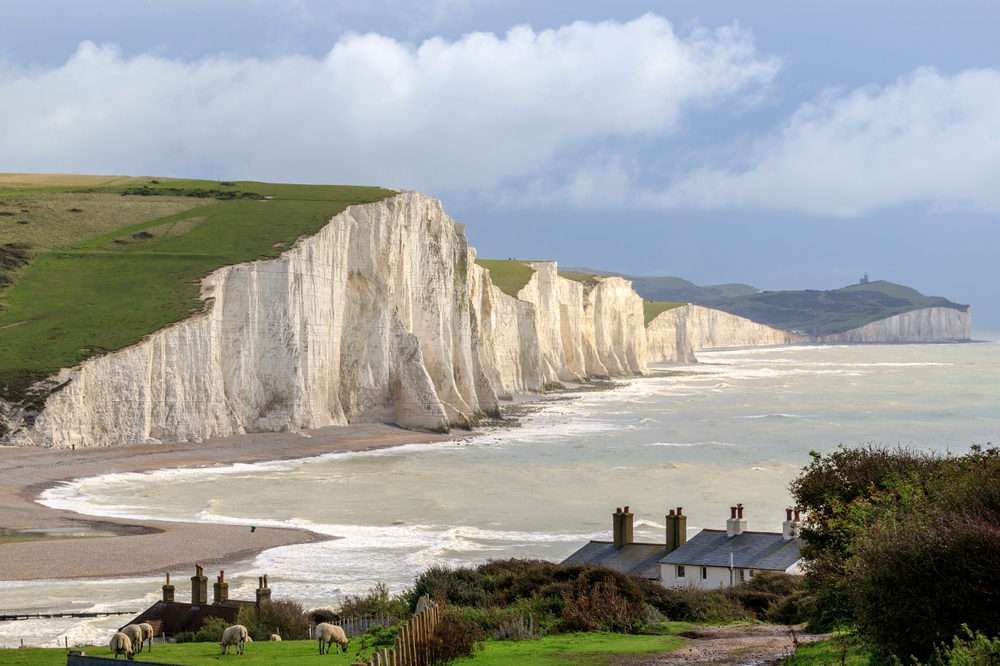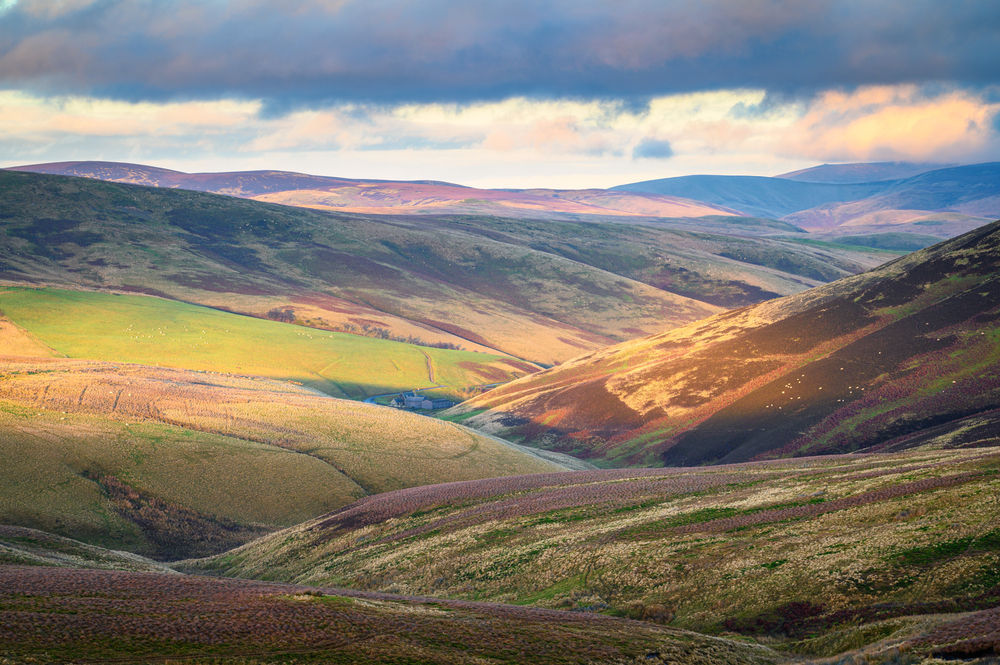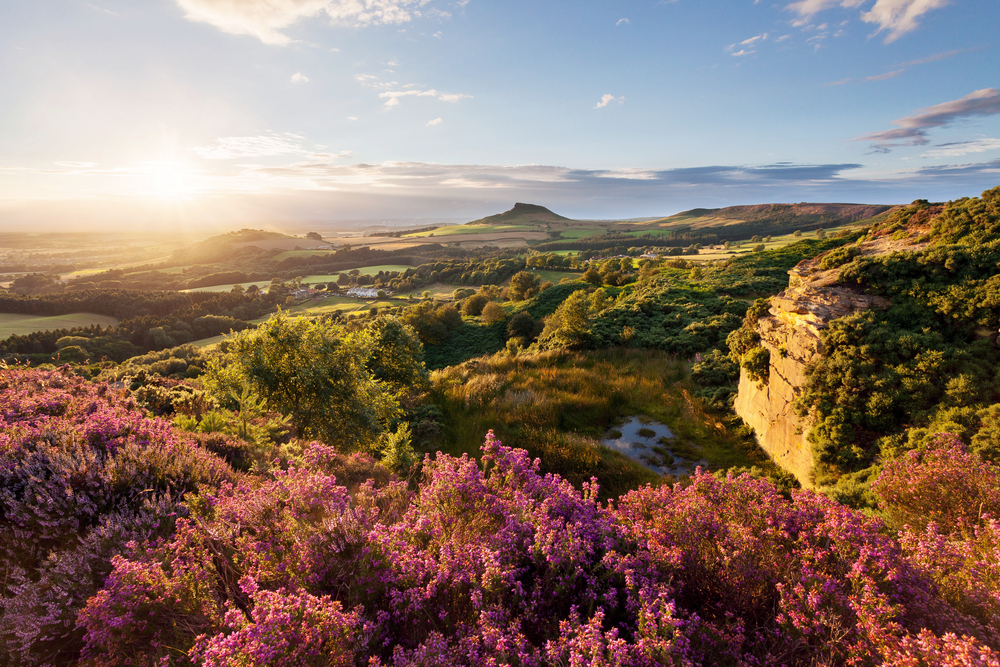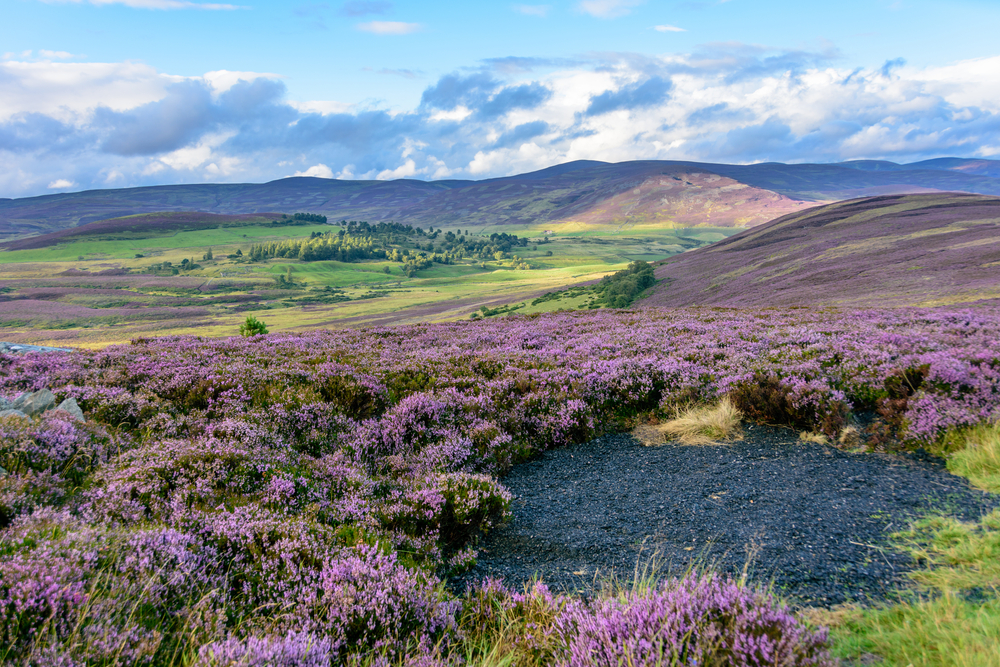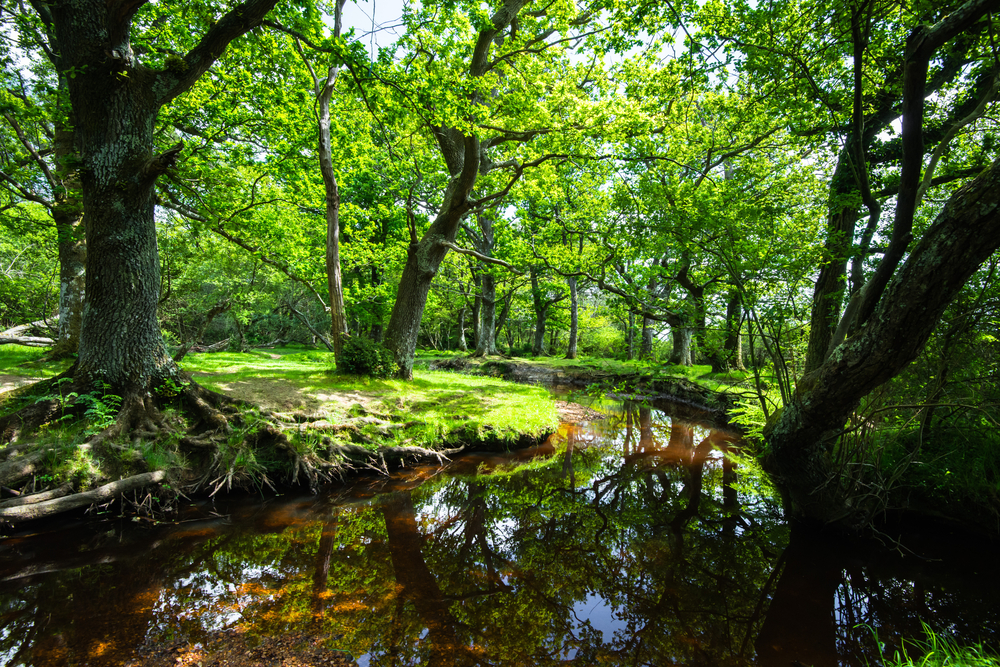Broads Overview
Broads National Park, also known in the local language as “The Broads,” is located in the county of Norfolk and Suffolk in eastern England. It spans an area of approximately 117 square miles (303 square kilometers), making it the largest protected wetland in the United Kingdom.
This network of navigable rivers and lakes is often referred to as “Britain’s Magical Waterland” and has a rich history, as the waterways were formed from flooded medieval peat excavations. The park’s proximity to Norwich and the North Sea makes it a tranquil yet accessible destination for nature lovers.
The Broads are characterized by a distinctive landscape of low-lying wetlands, expansive fens, reed beds, and open water bodies called broads. These broads, such as Hickling Broad and Barton Broad, are some of the largest and most scenic in the park. The rivers, including the Yare, Bure, and Waveney, weave through the park, offering peaceful vistas and vibrant biodiversity.
Along the waterways, visitors will find windmills like the iconic Horsey Windpump, which reflect the area’s agricultural and drainage heritage. The region’s marshy terrain is dotted with grazing meadows, and its vegetation is dominated by reeds, rushes, and water lilies, providing a perfect habitat for diverse wildlife.
Wildlife enthusiasts are particularly drawn to The Broads for its abundance of rare species. The park is a haven for birdwatchers, offering sightings of species like the marsh harrier, kingfisher, and the elusive bittern.
Mammals such as otters can often be seen playing along the riverbanks, while the wetlands host a variety of insects, including the Swallowtail butterfly, a species found only in this region of the UK. The waterways teem with fish, making it a popular destination for anglers as well.
One of the park’s most popular features is its navigable waterways, with over 125 miles of interconnected rivers and broads that can be explored by boat. Visitors can rent a traditional Norfolk wherry, enjoy a leisurely cruise, or even try kayaking or paddleboarding for a more active experience.
On land, there are countless walking and cycling trails that meander through picturesque villages like Wroxham and Horning, as well as areas of unspoiled countryside. Key attractions include How Hill Nature Reserve and Ranworth Broad, both offering scenic views and rich ecosystems.
The Broads face significant conservation challenges, primarily due to climate change, water pollution, and the spread of invasive species like floating pennywort. However, the park has seen remarkable conservation successes, including efforts to restore habitats, improve water quality, and protect endangered species like the bittern and Swallowtail butterfly.
Organizations like the Broads Authority and local communities collaborate on sustainable management practices to preserve this unique environment for future generations.








































































